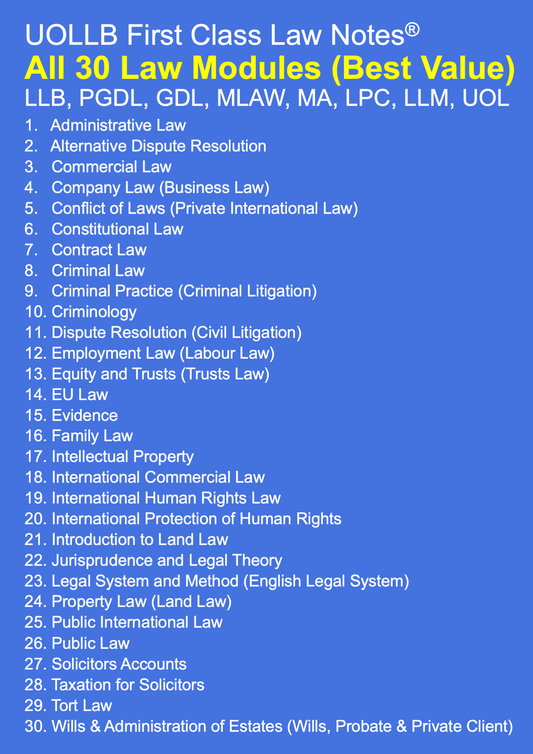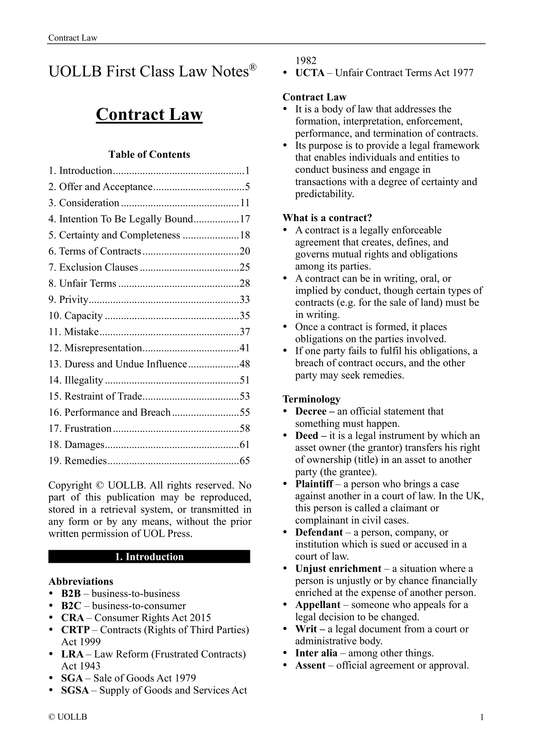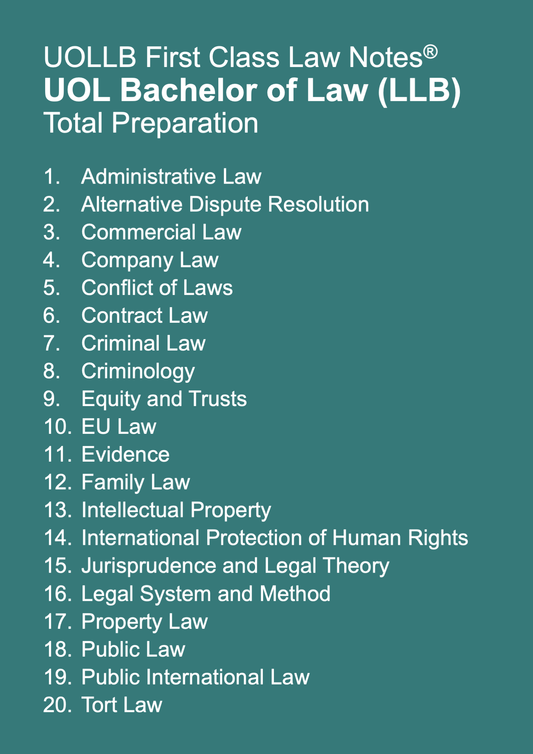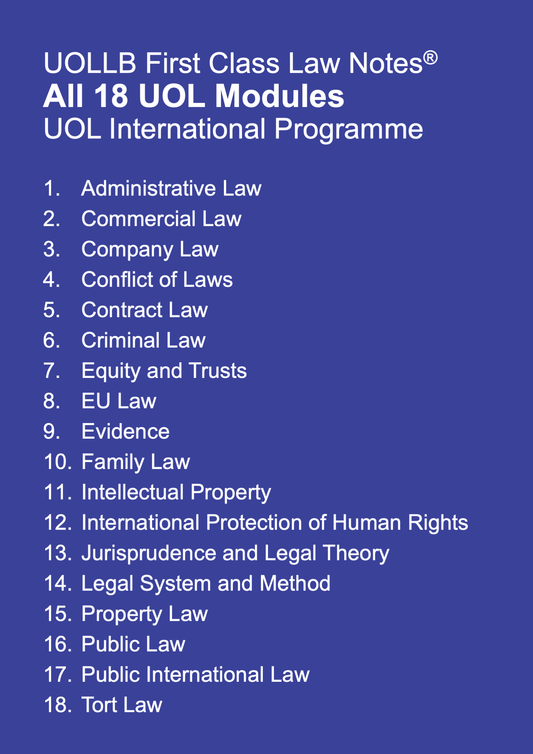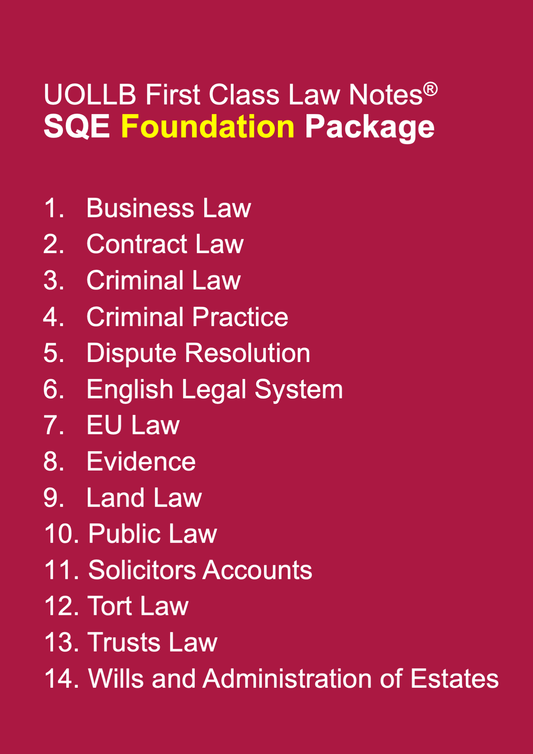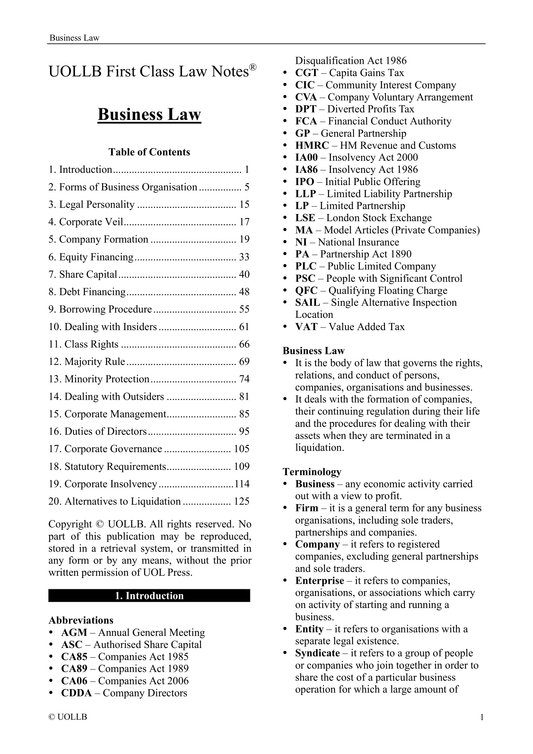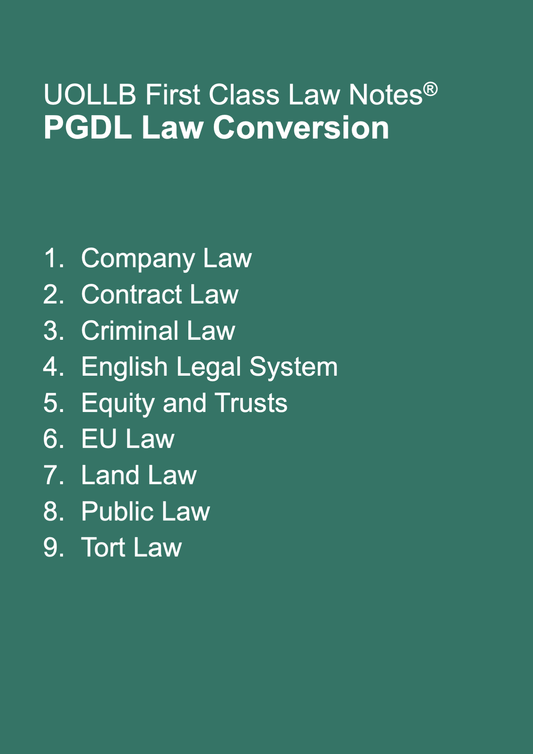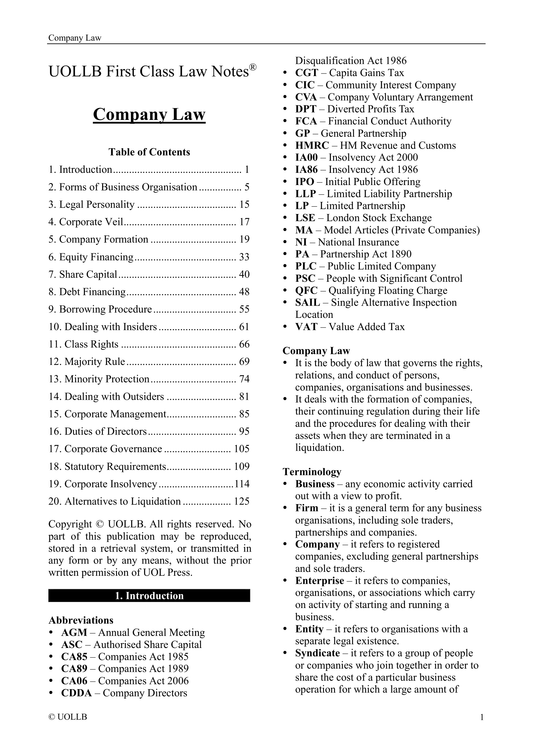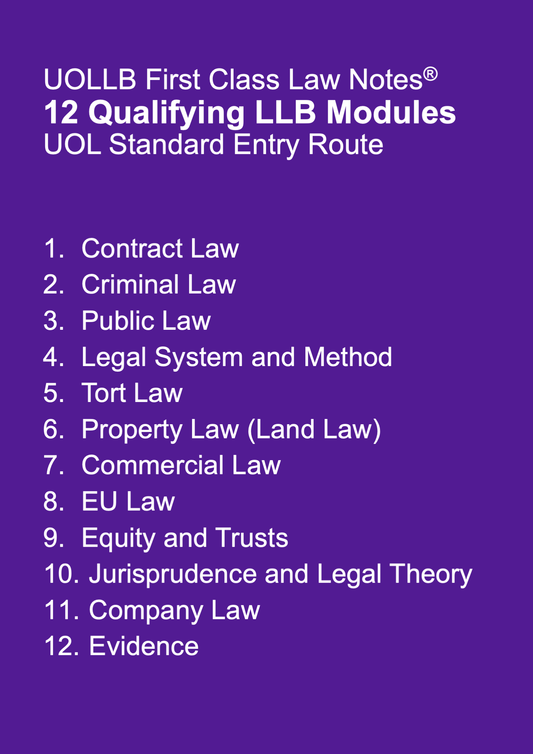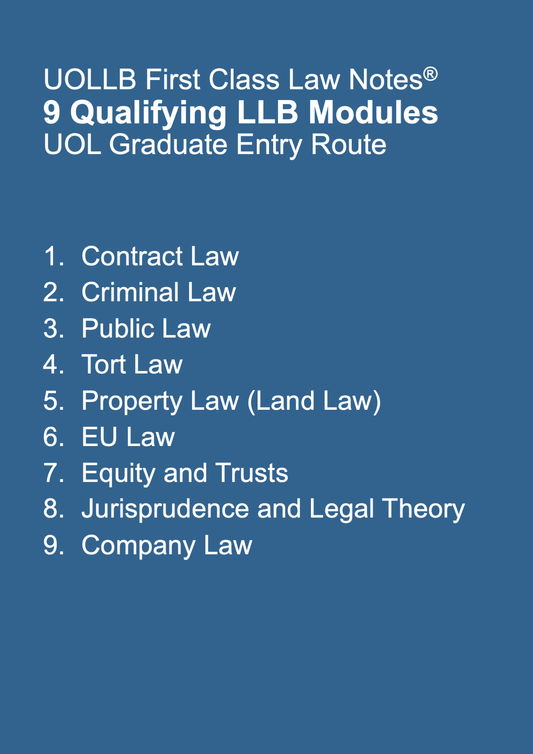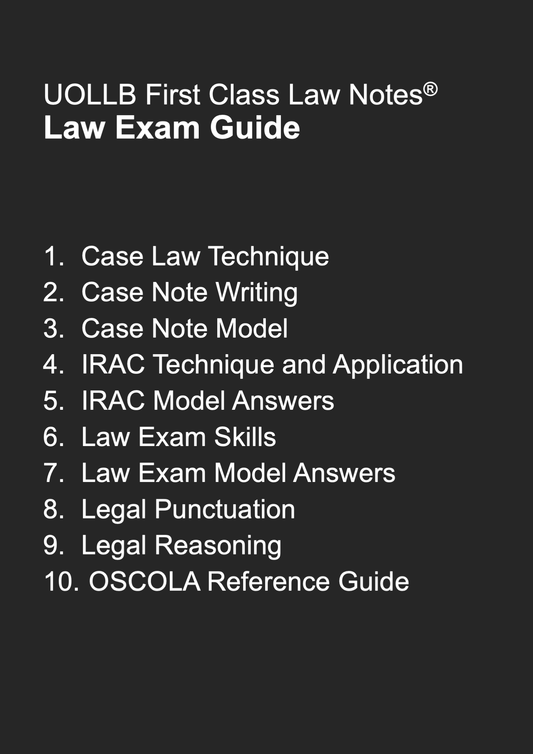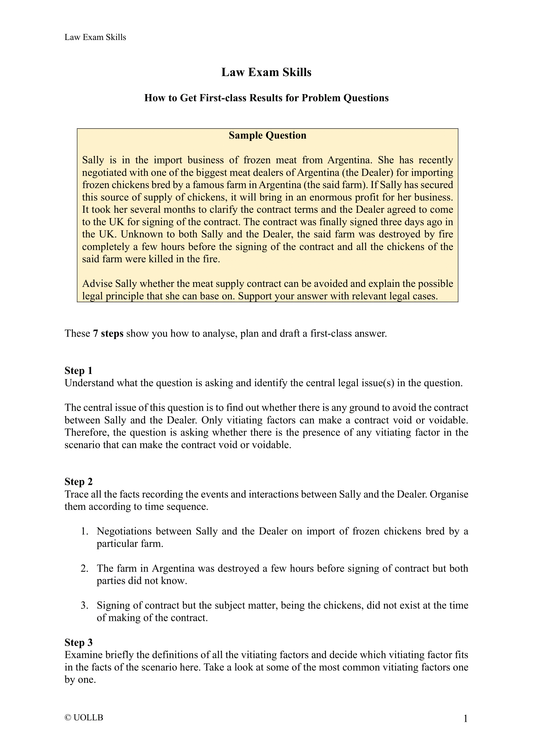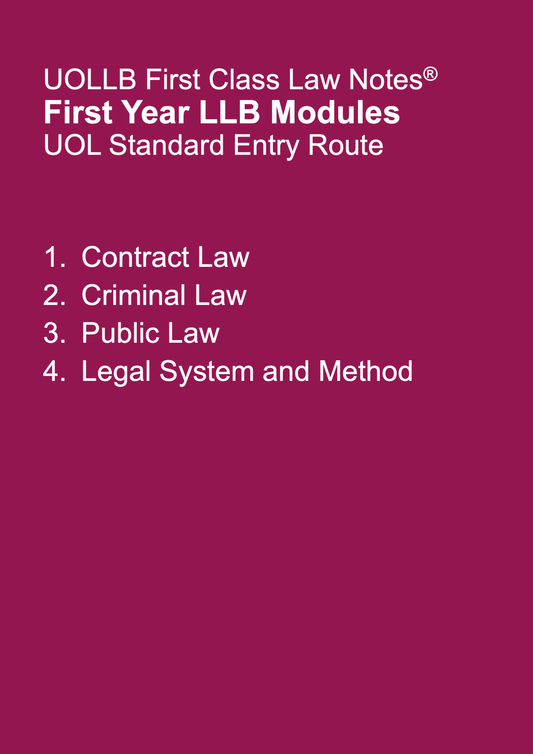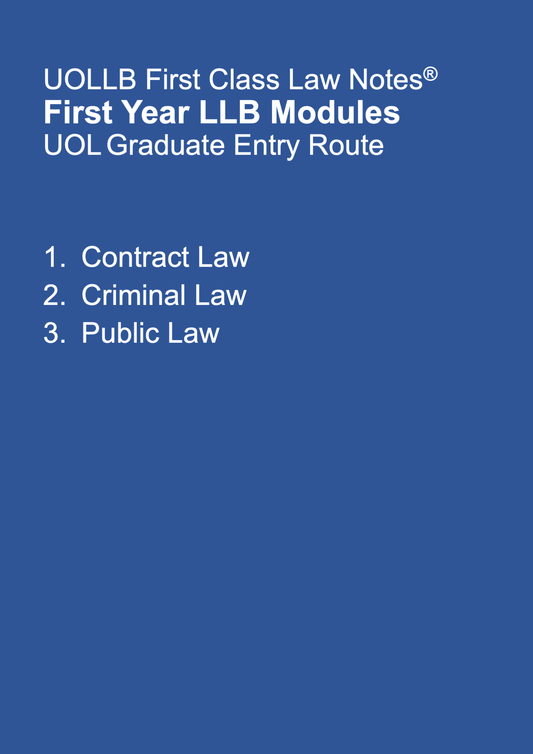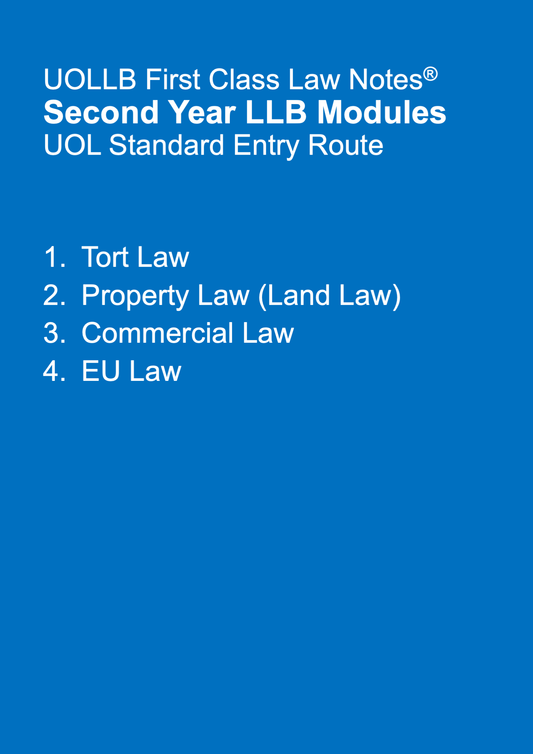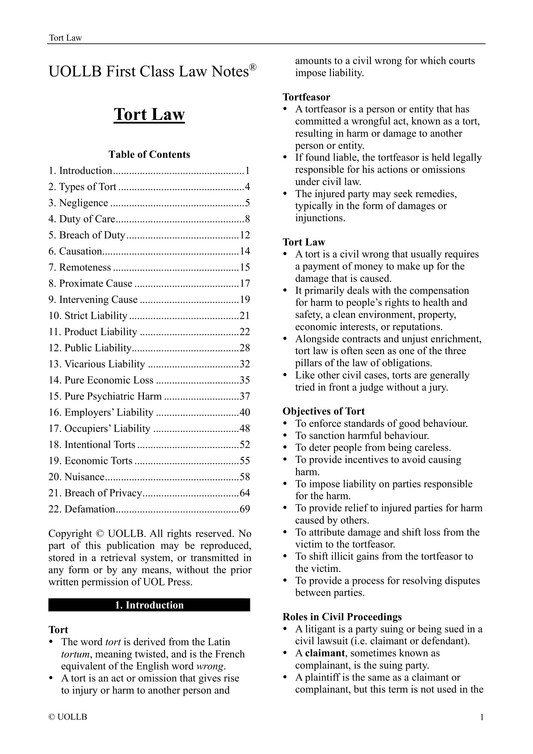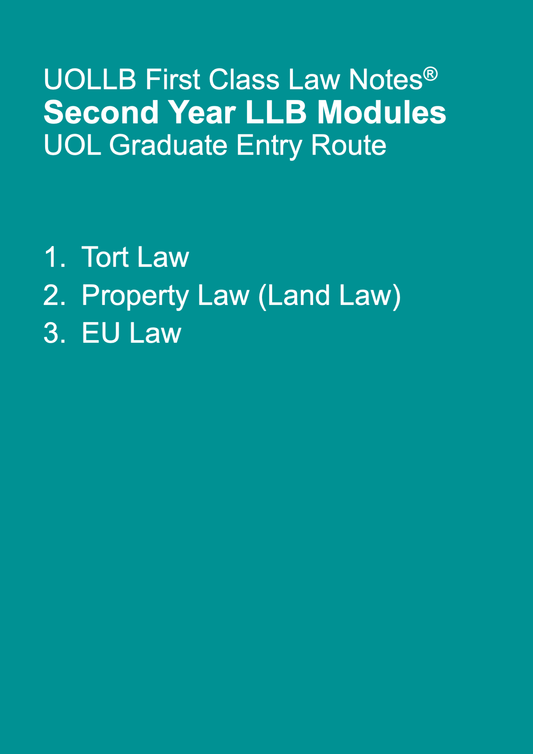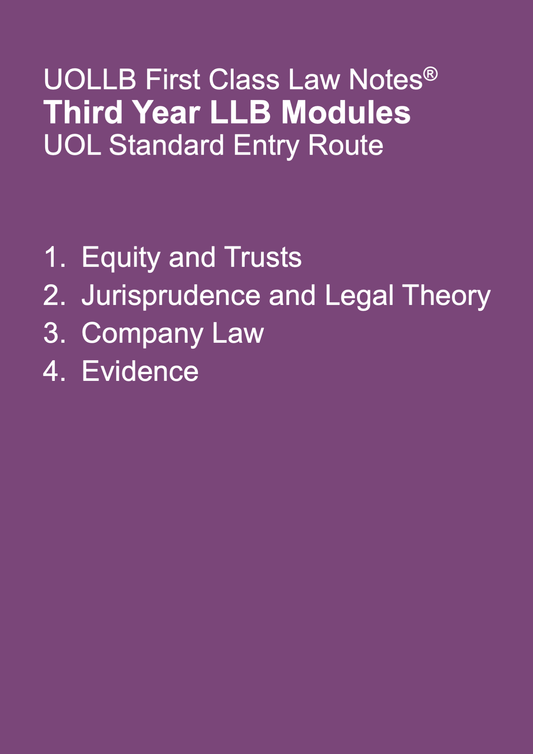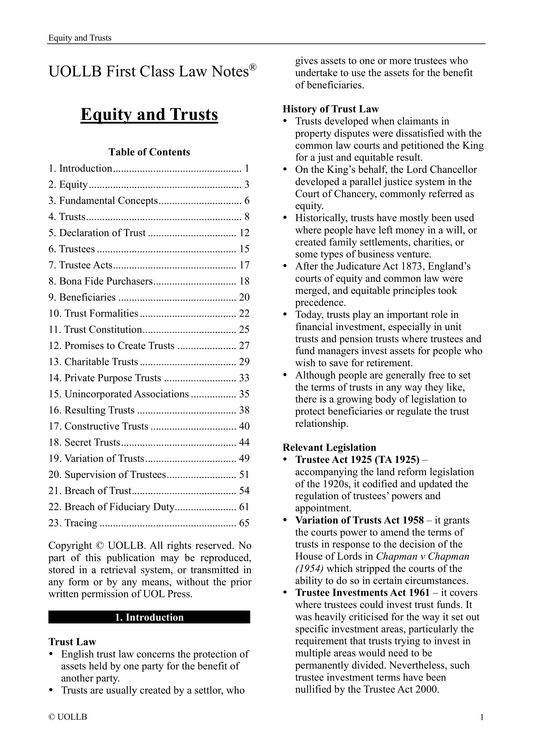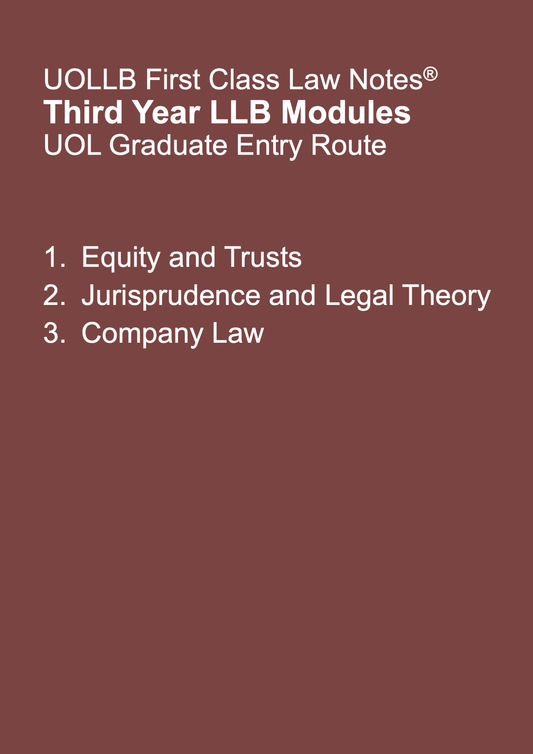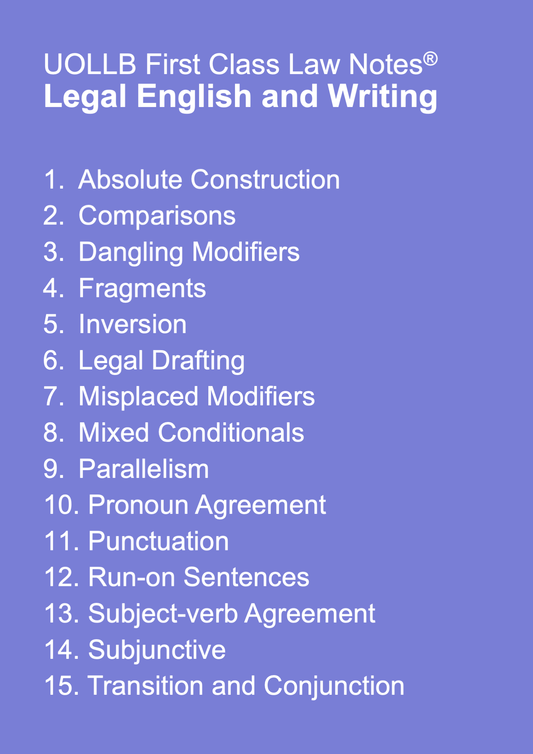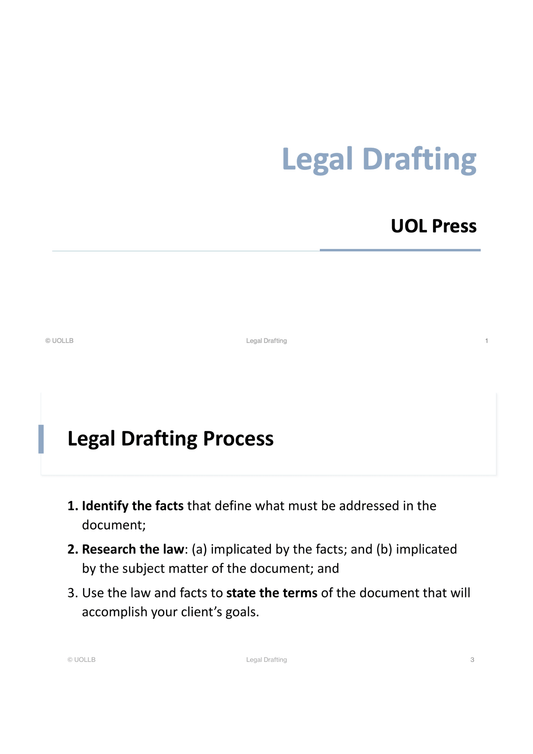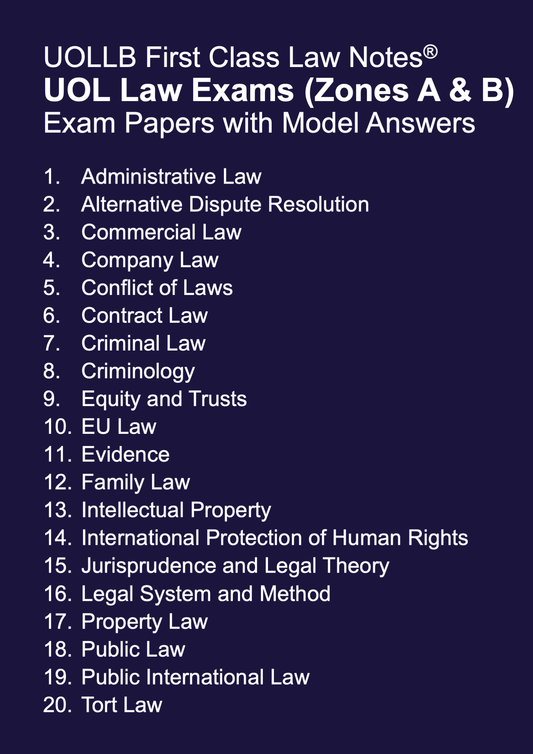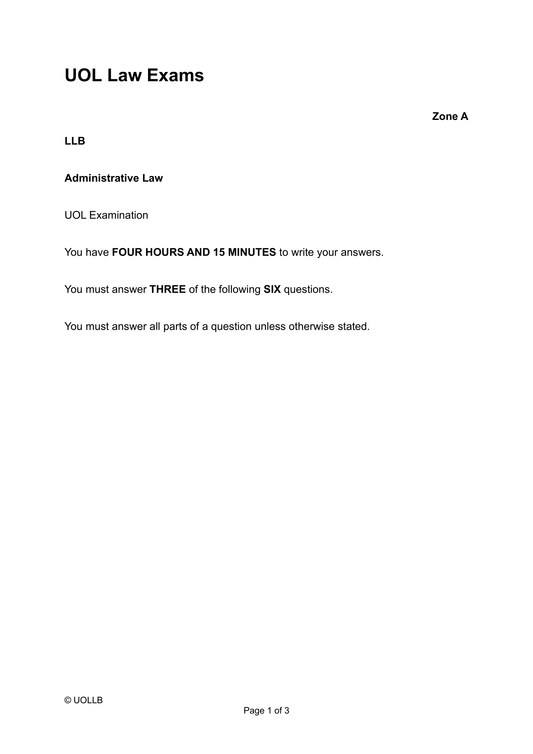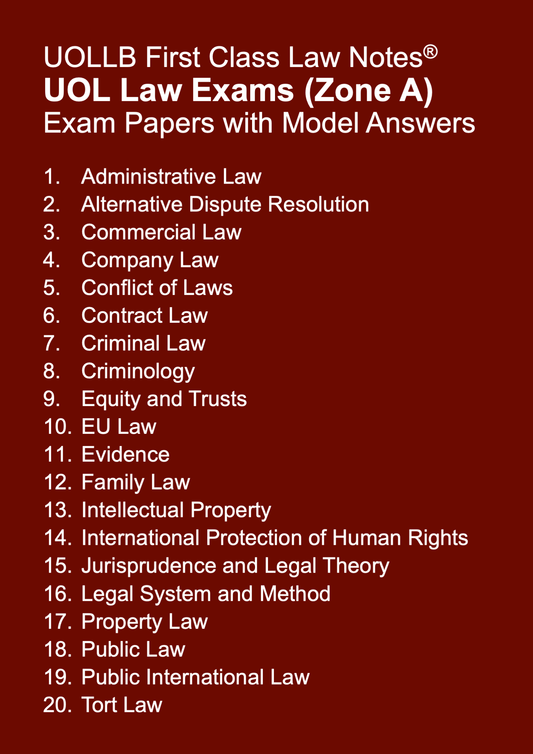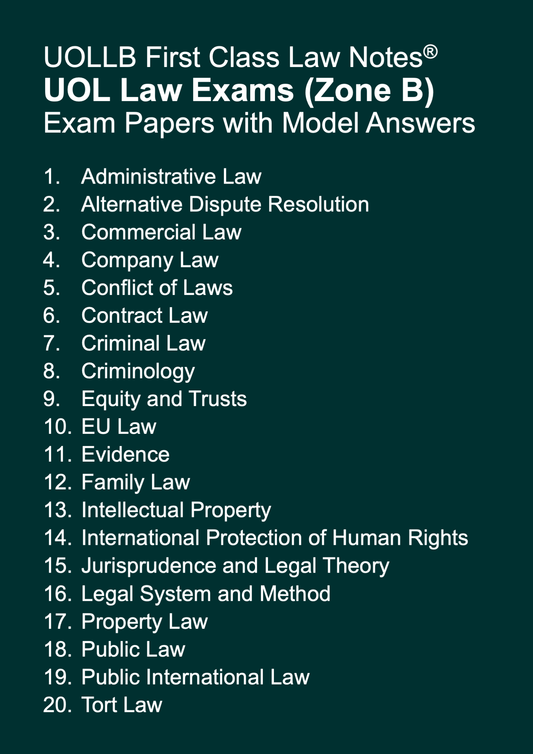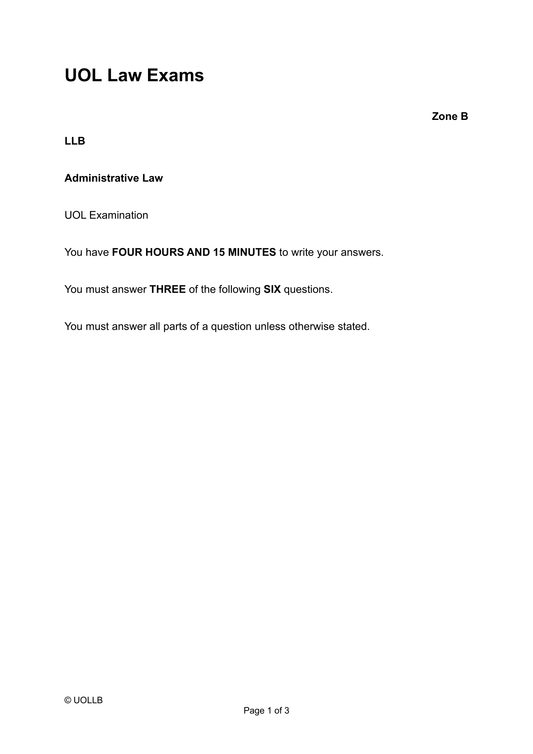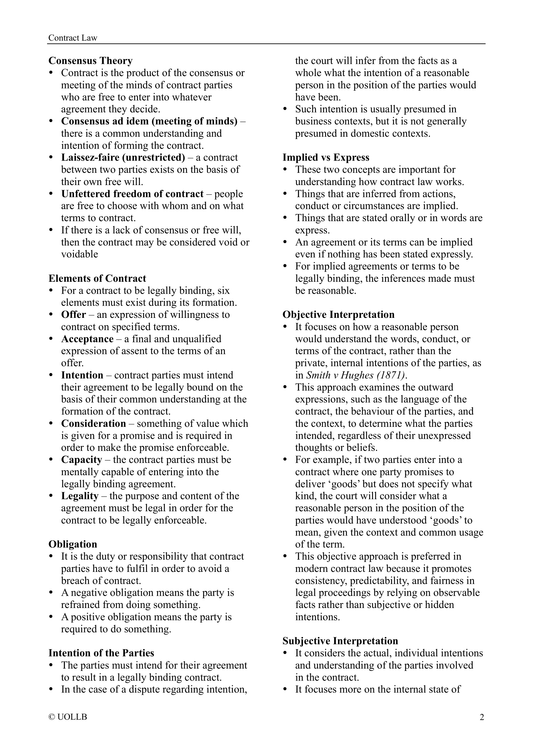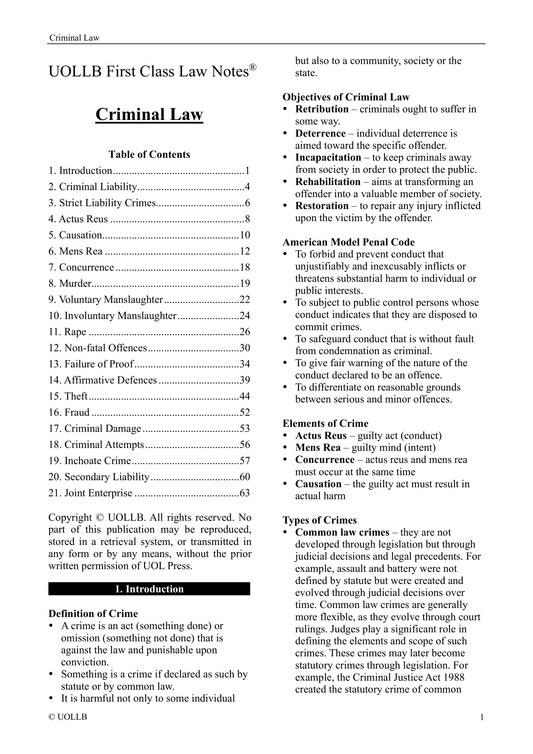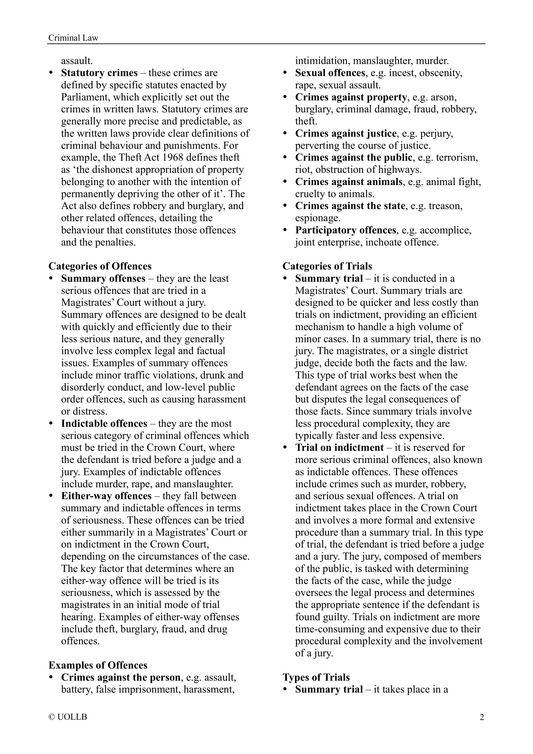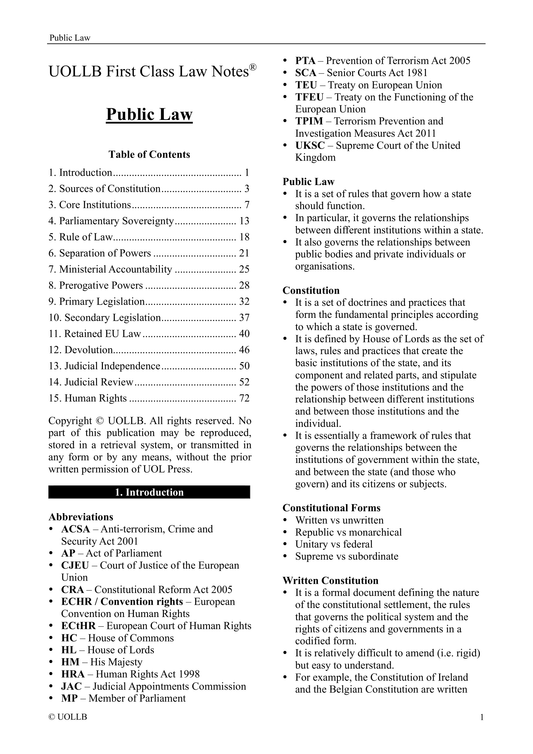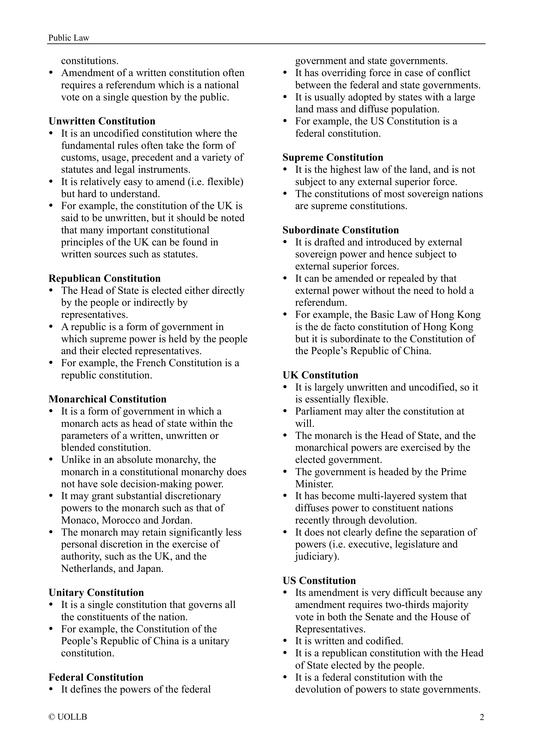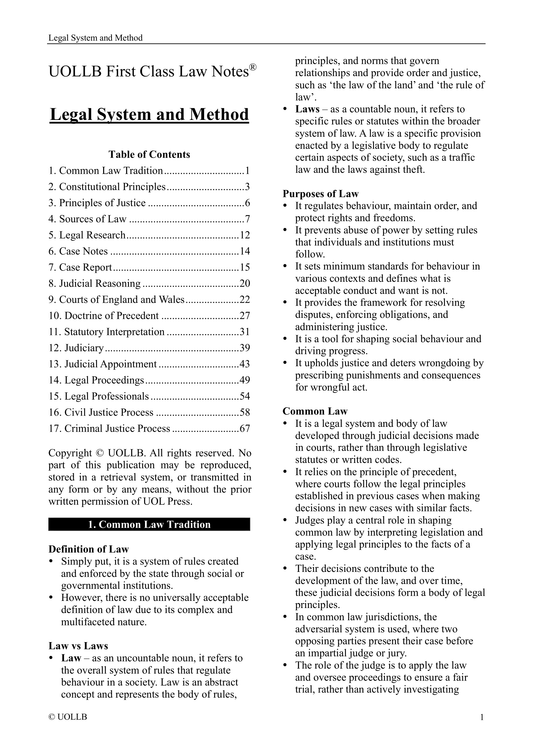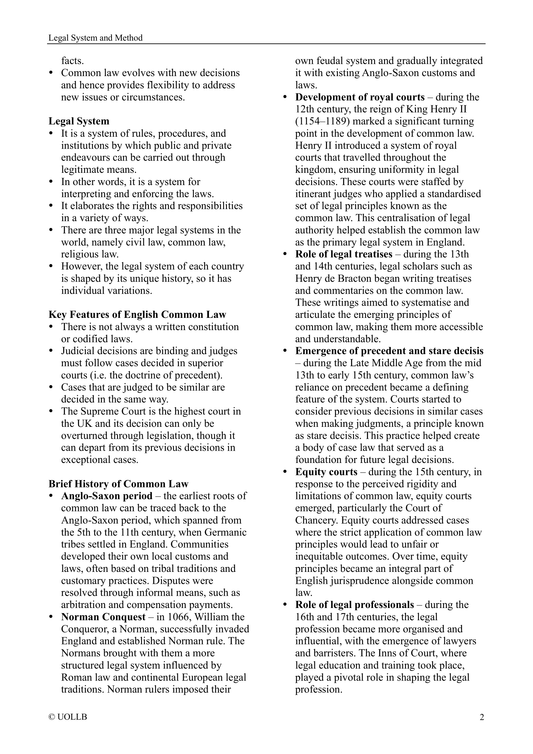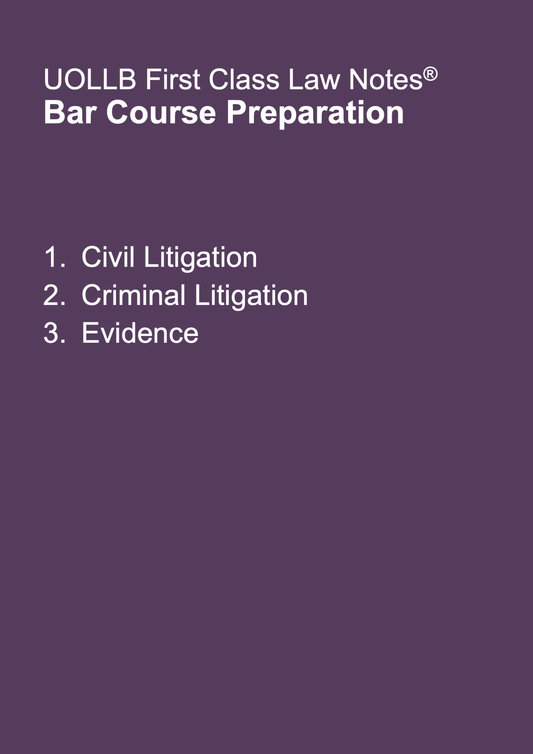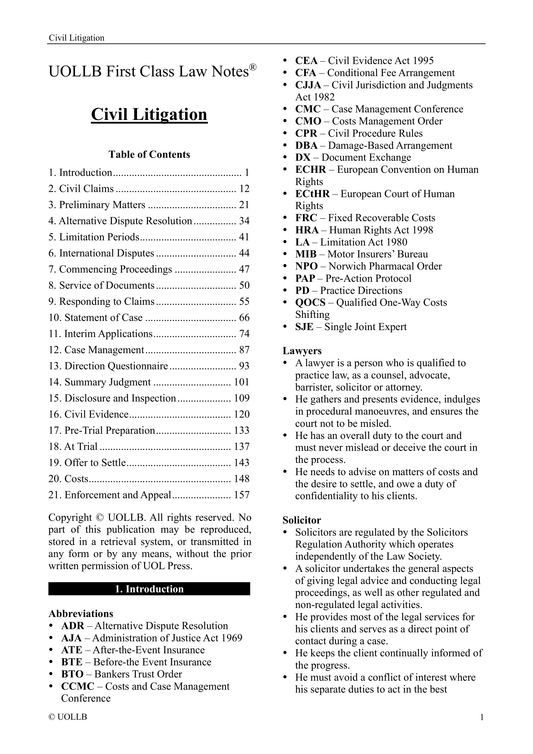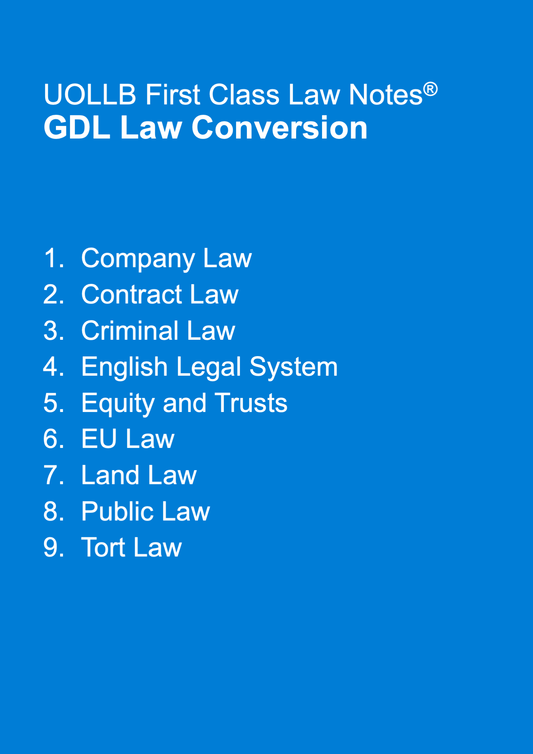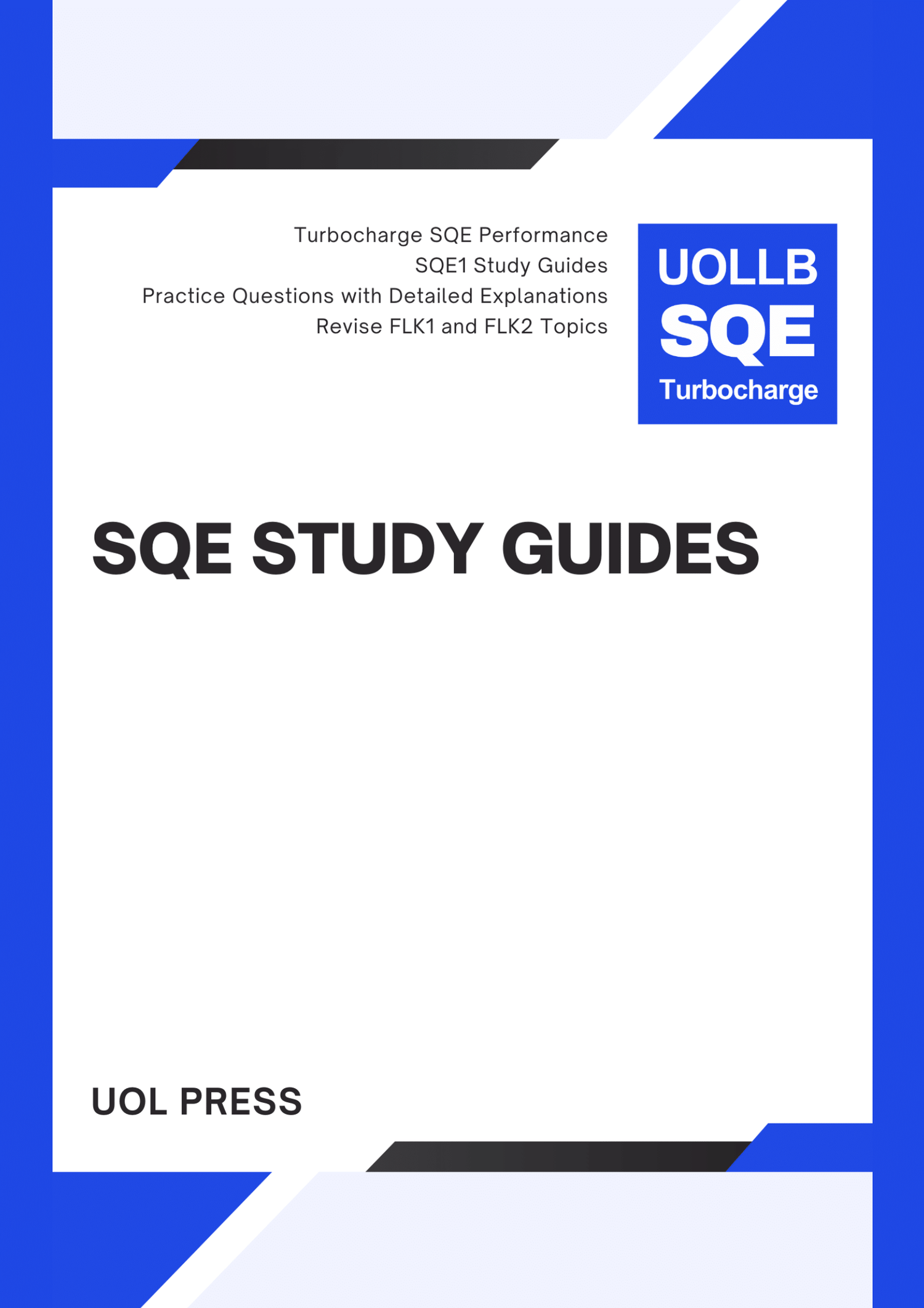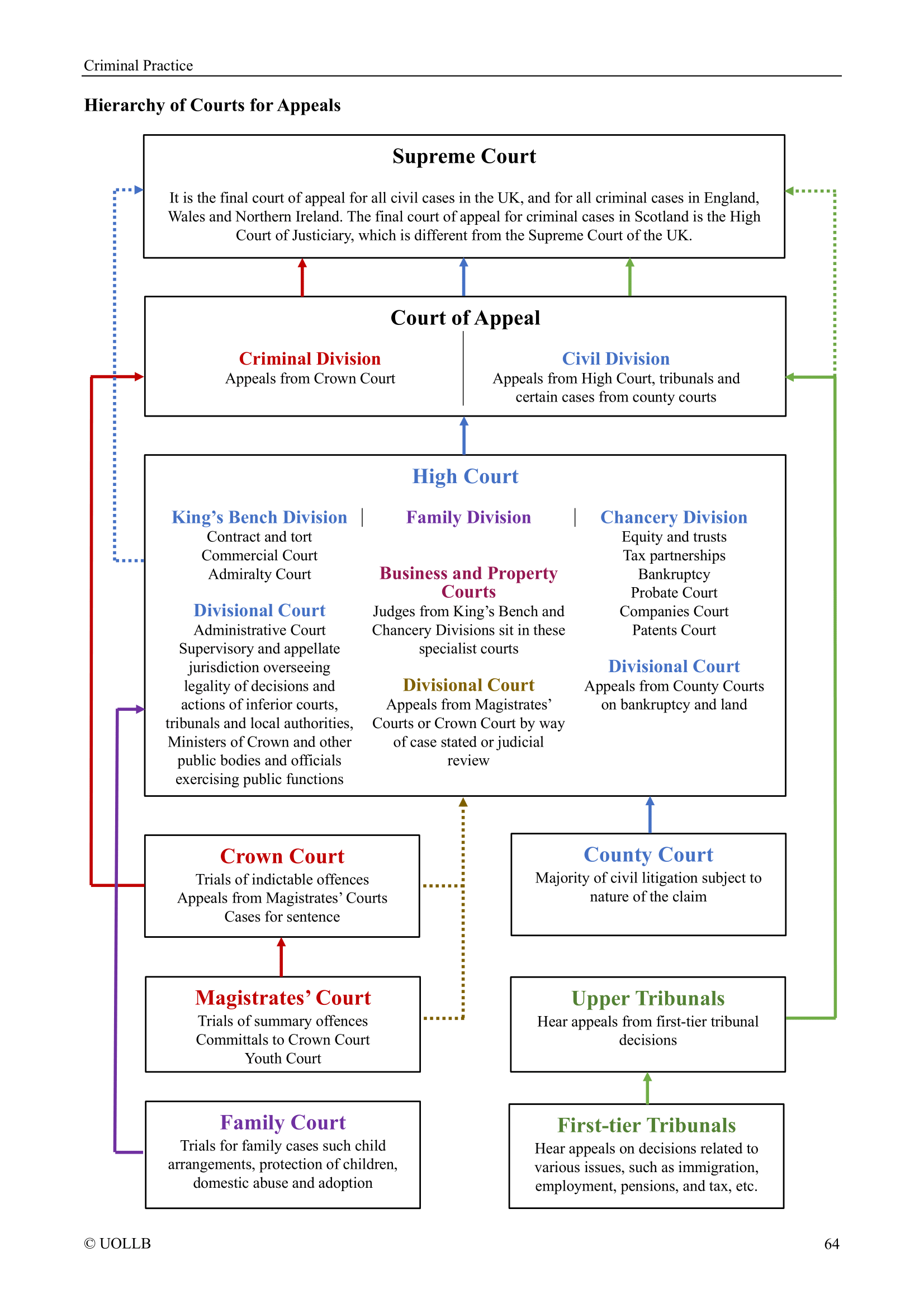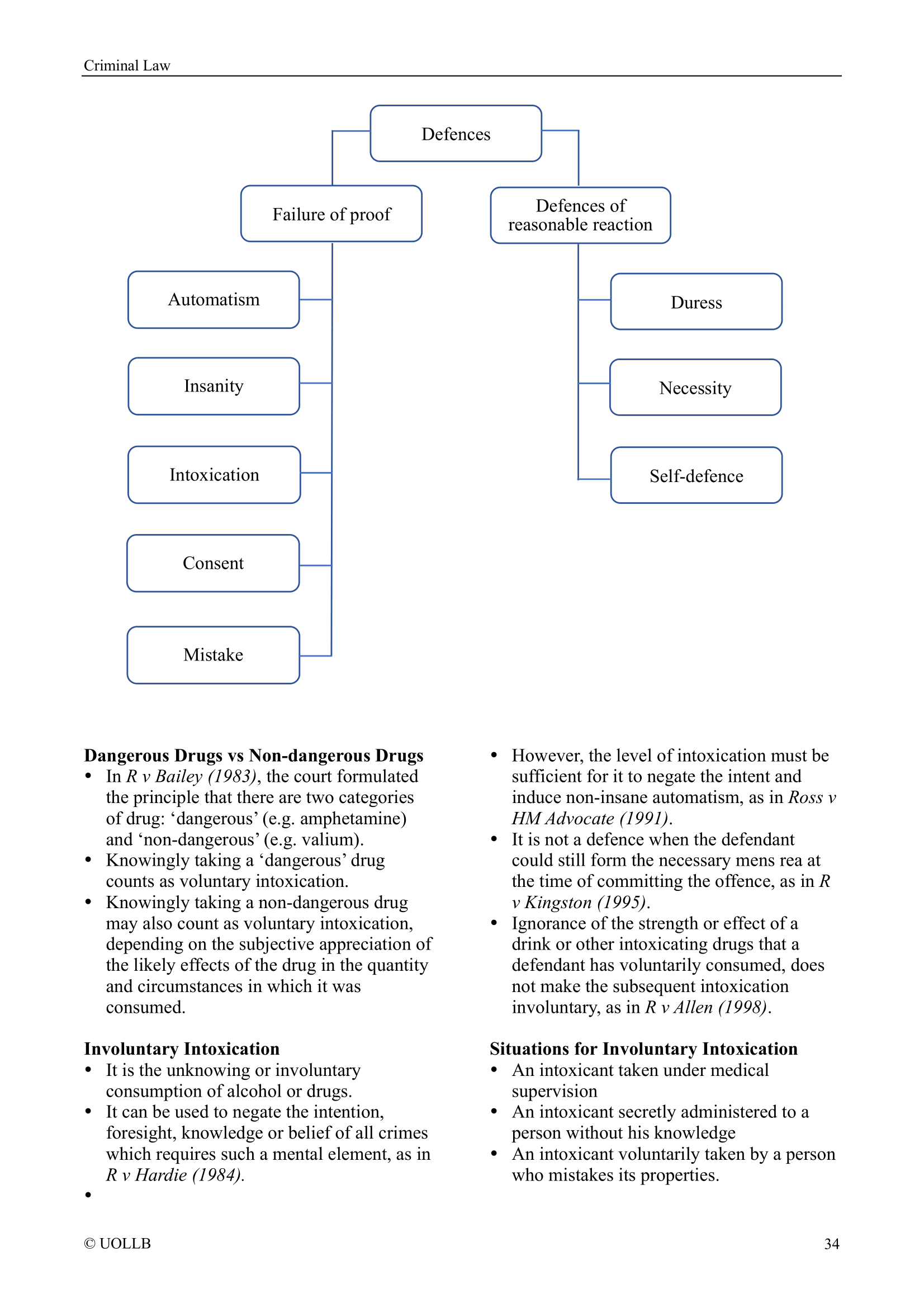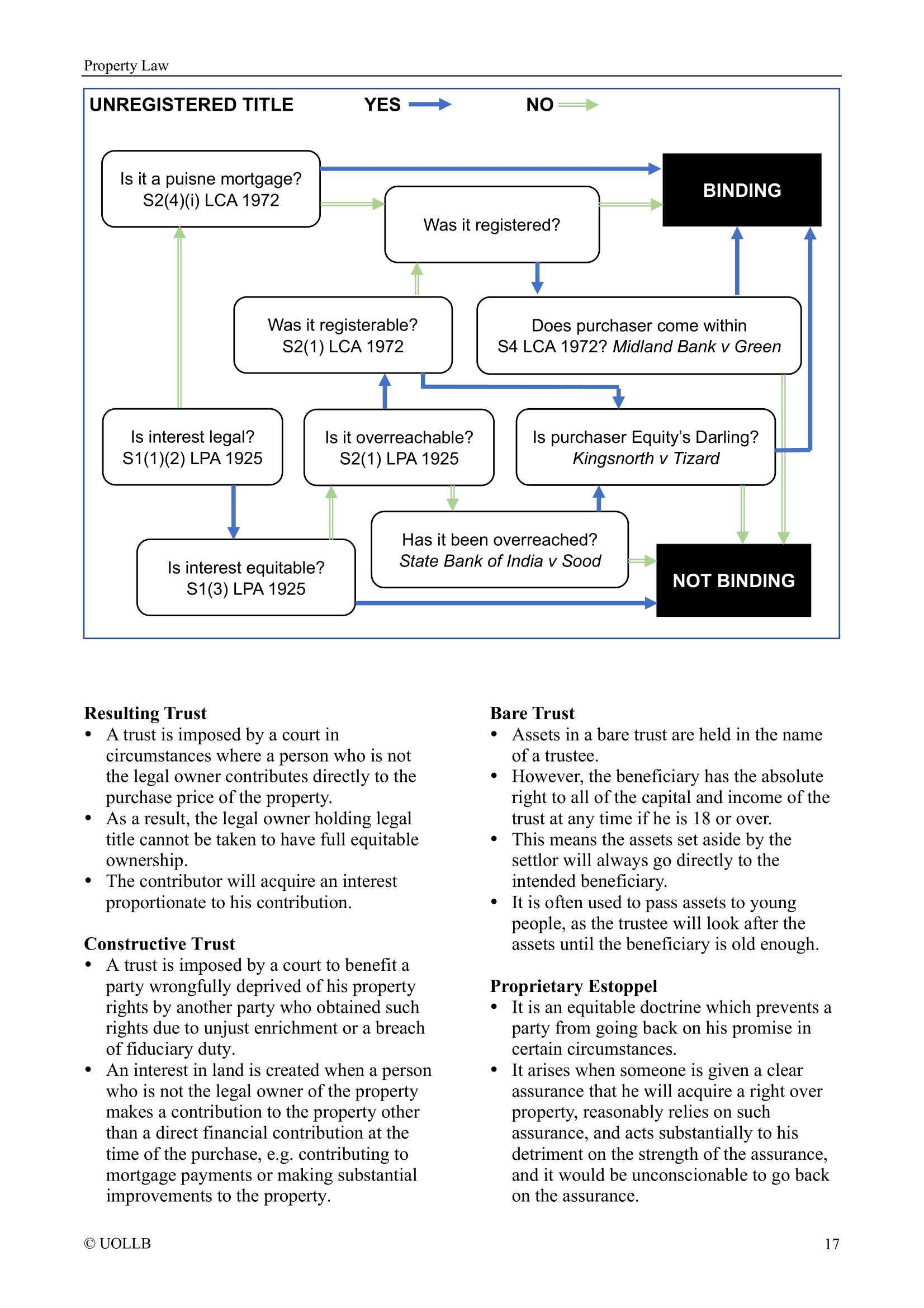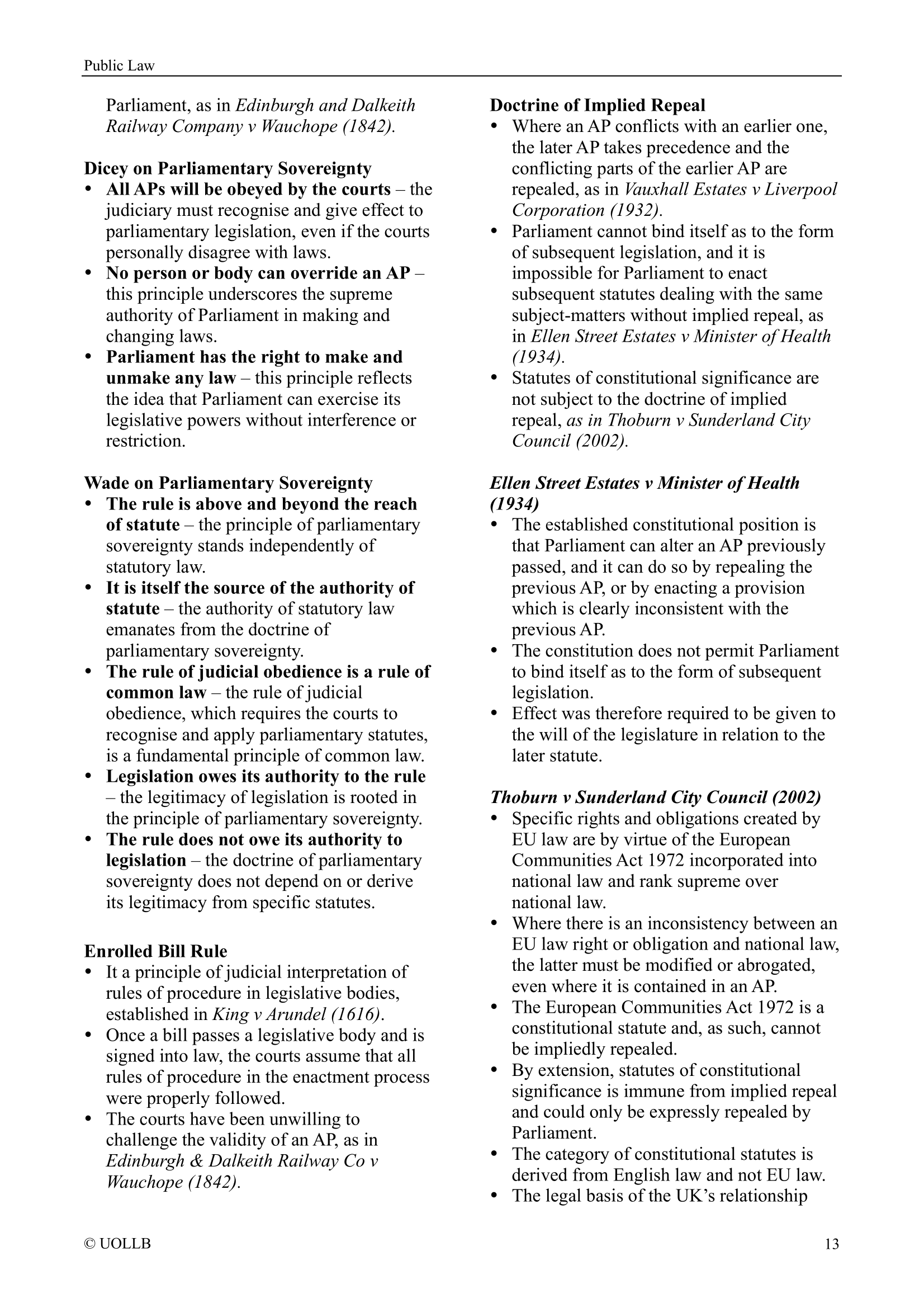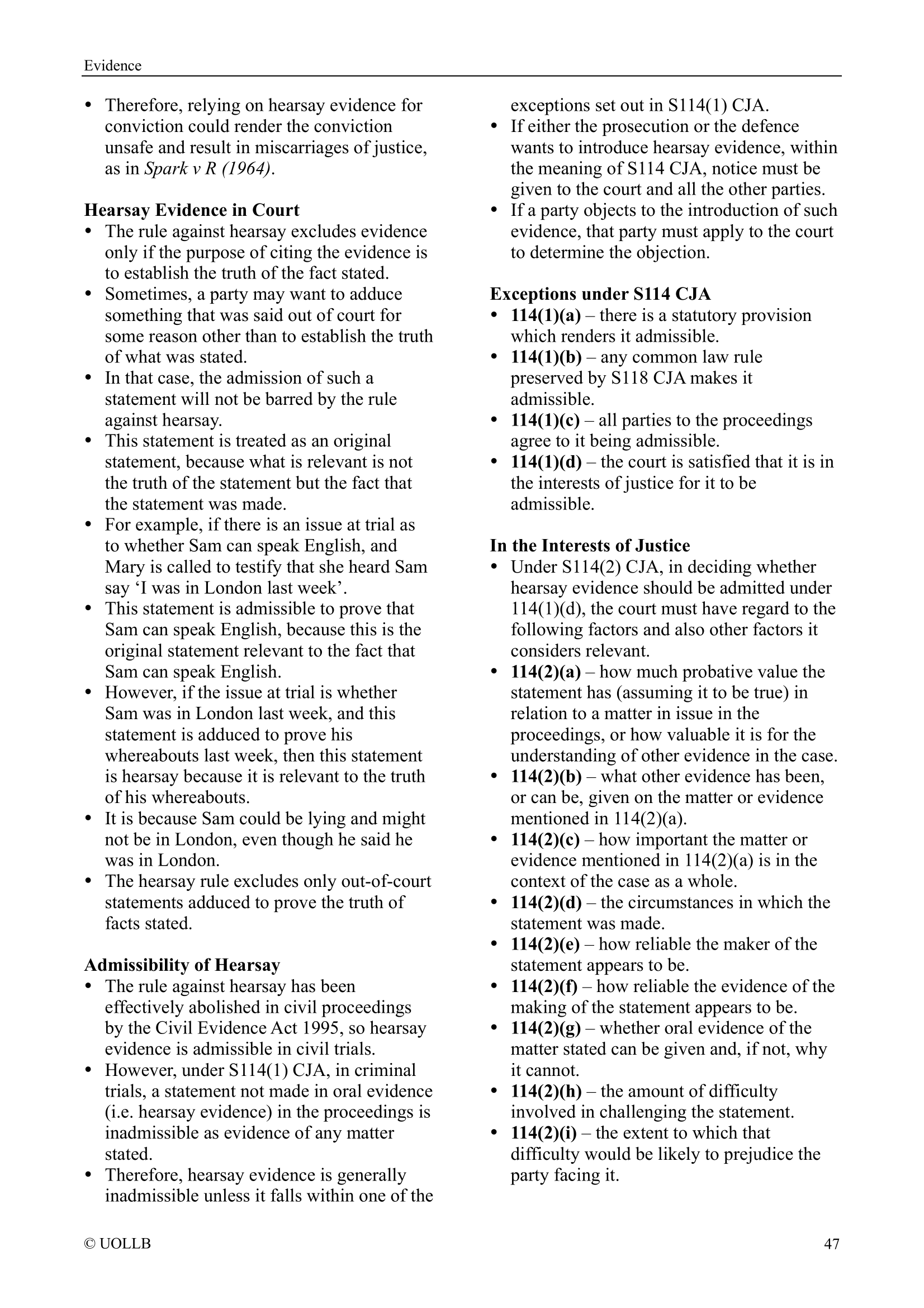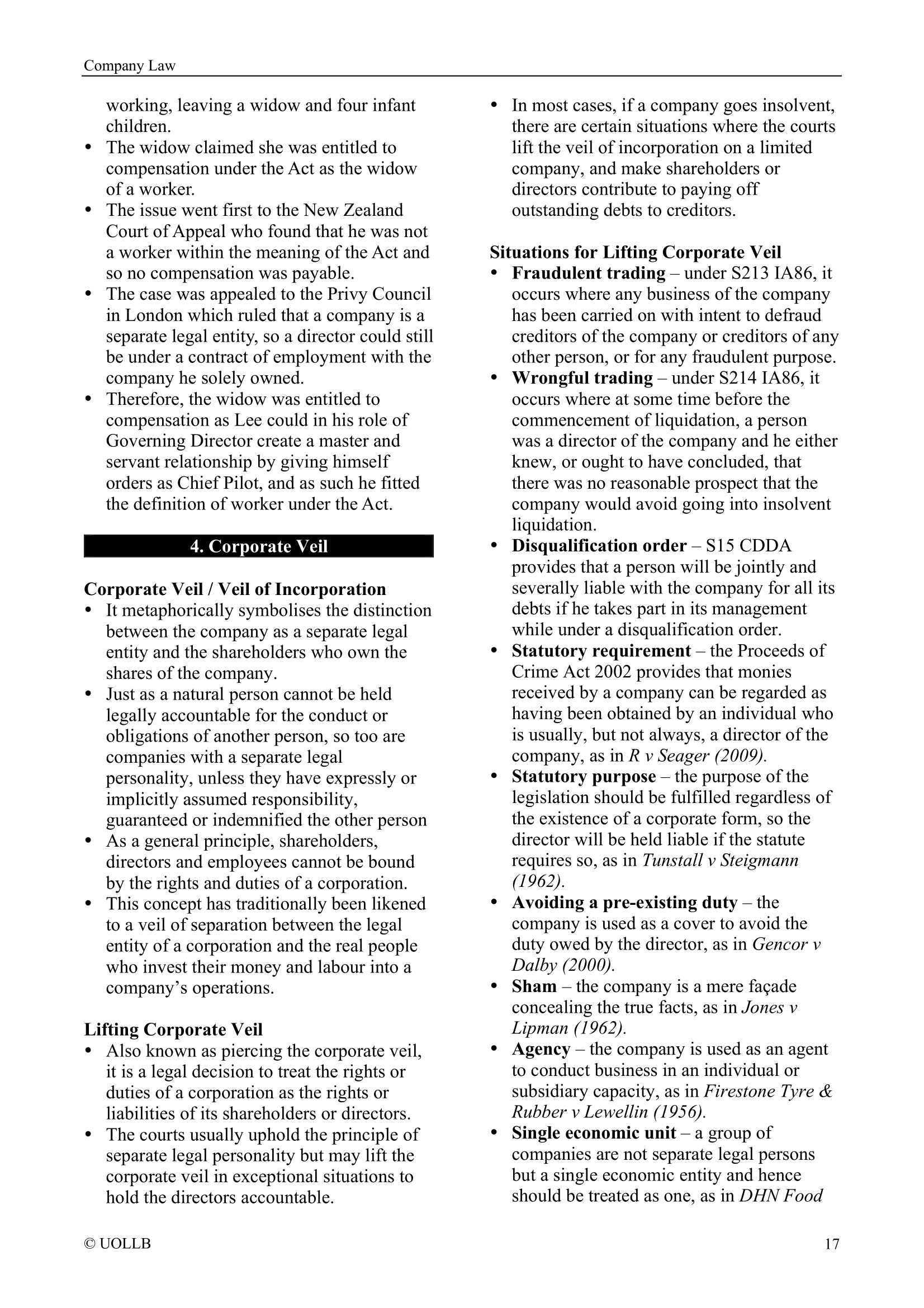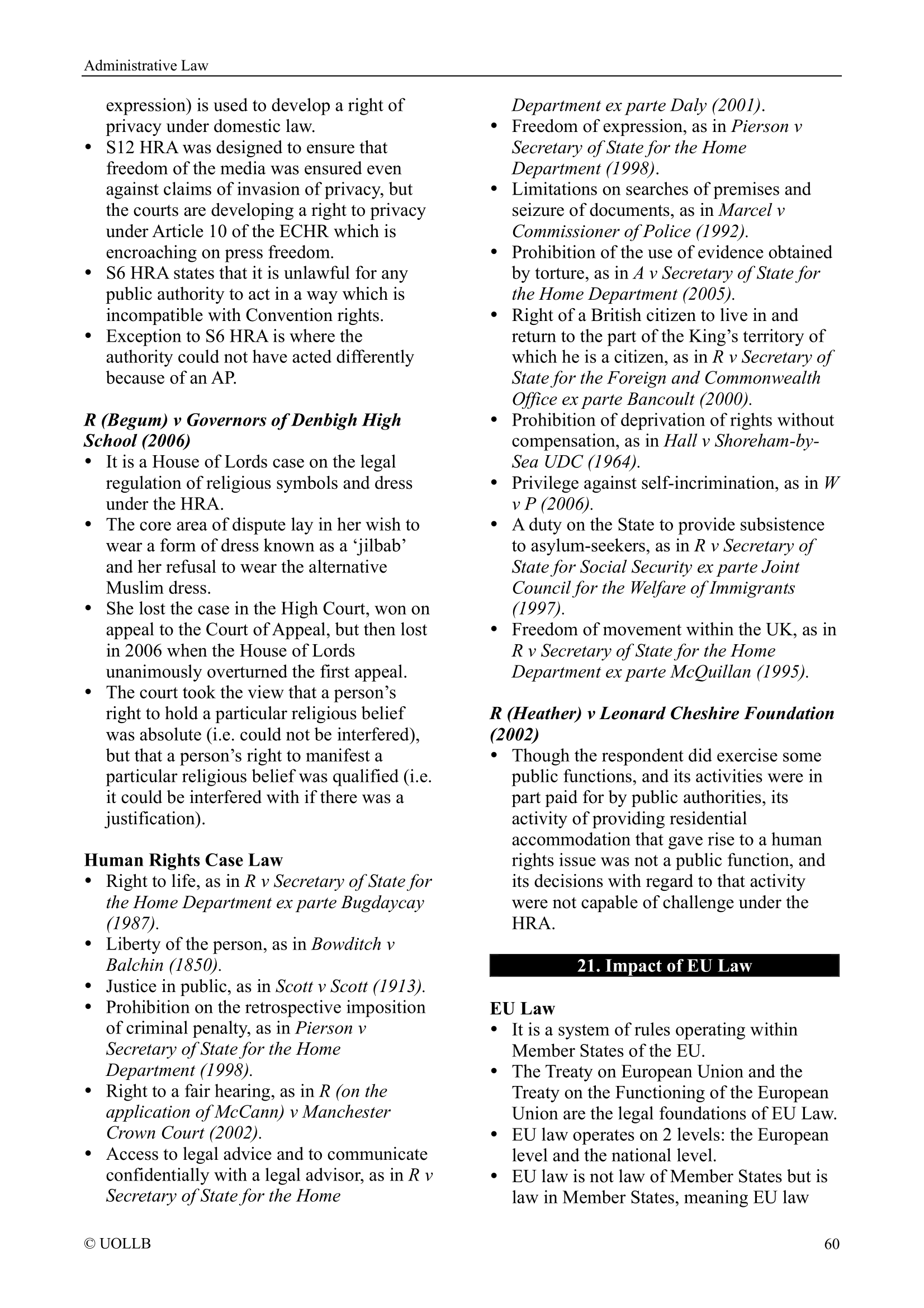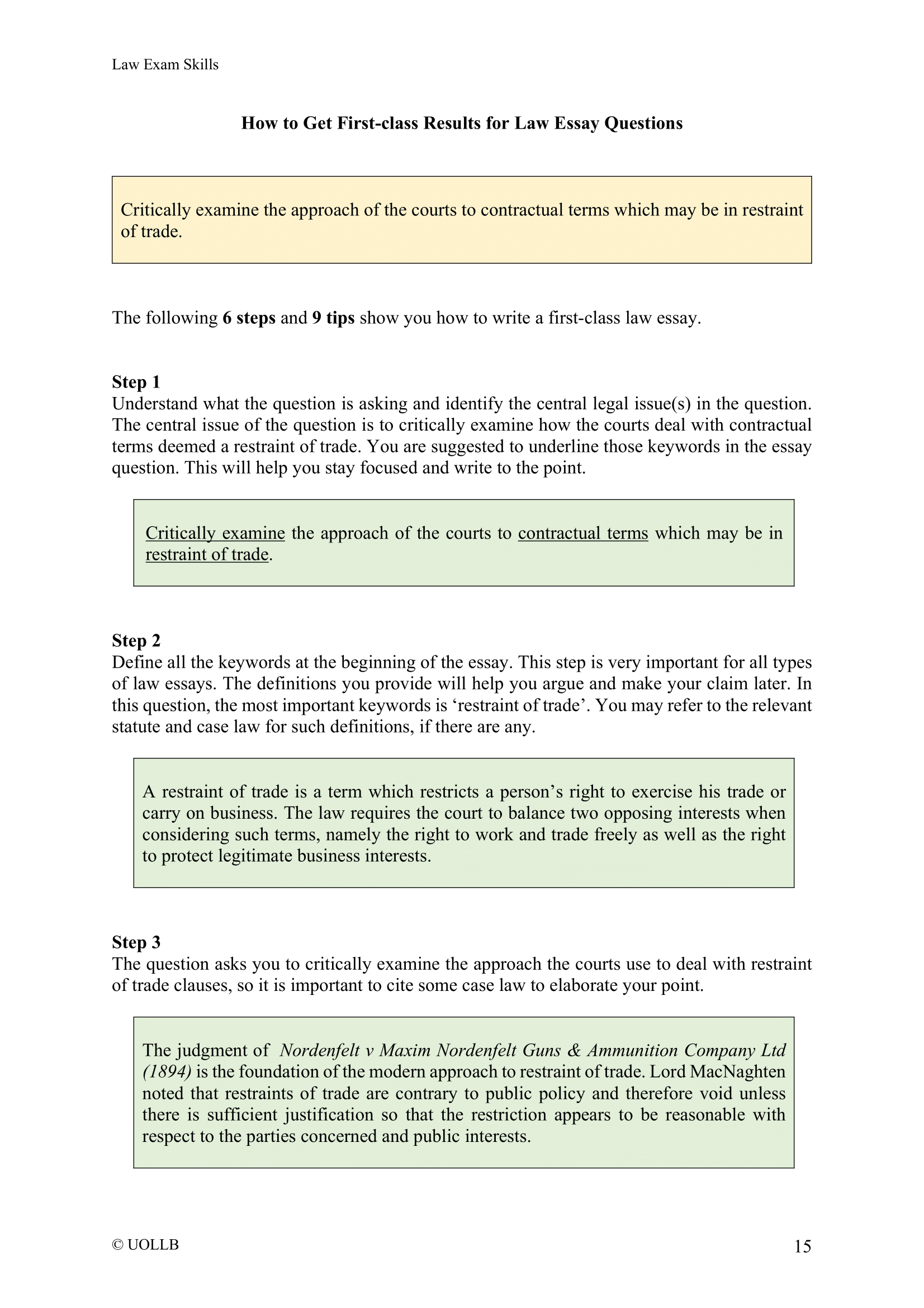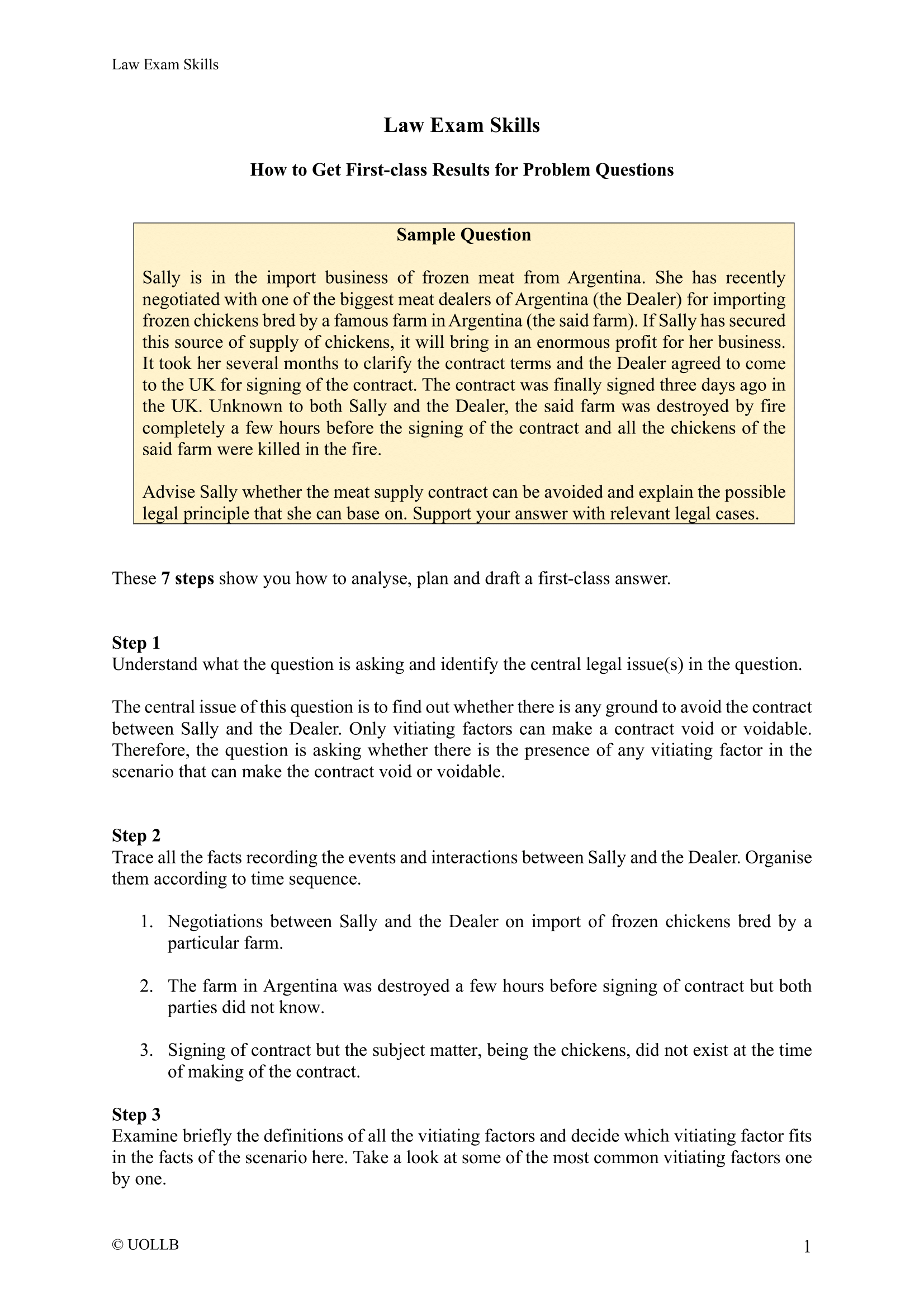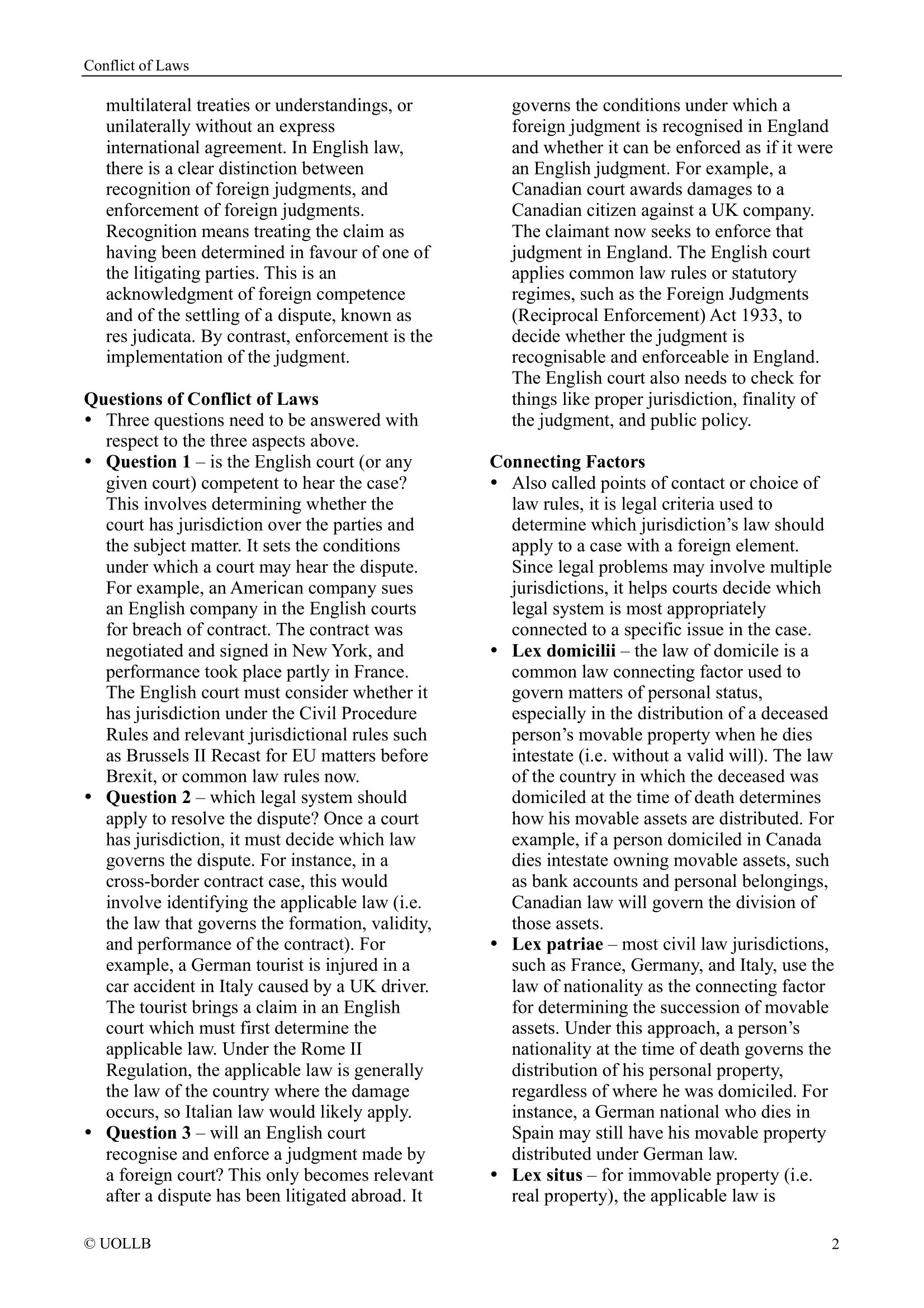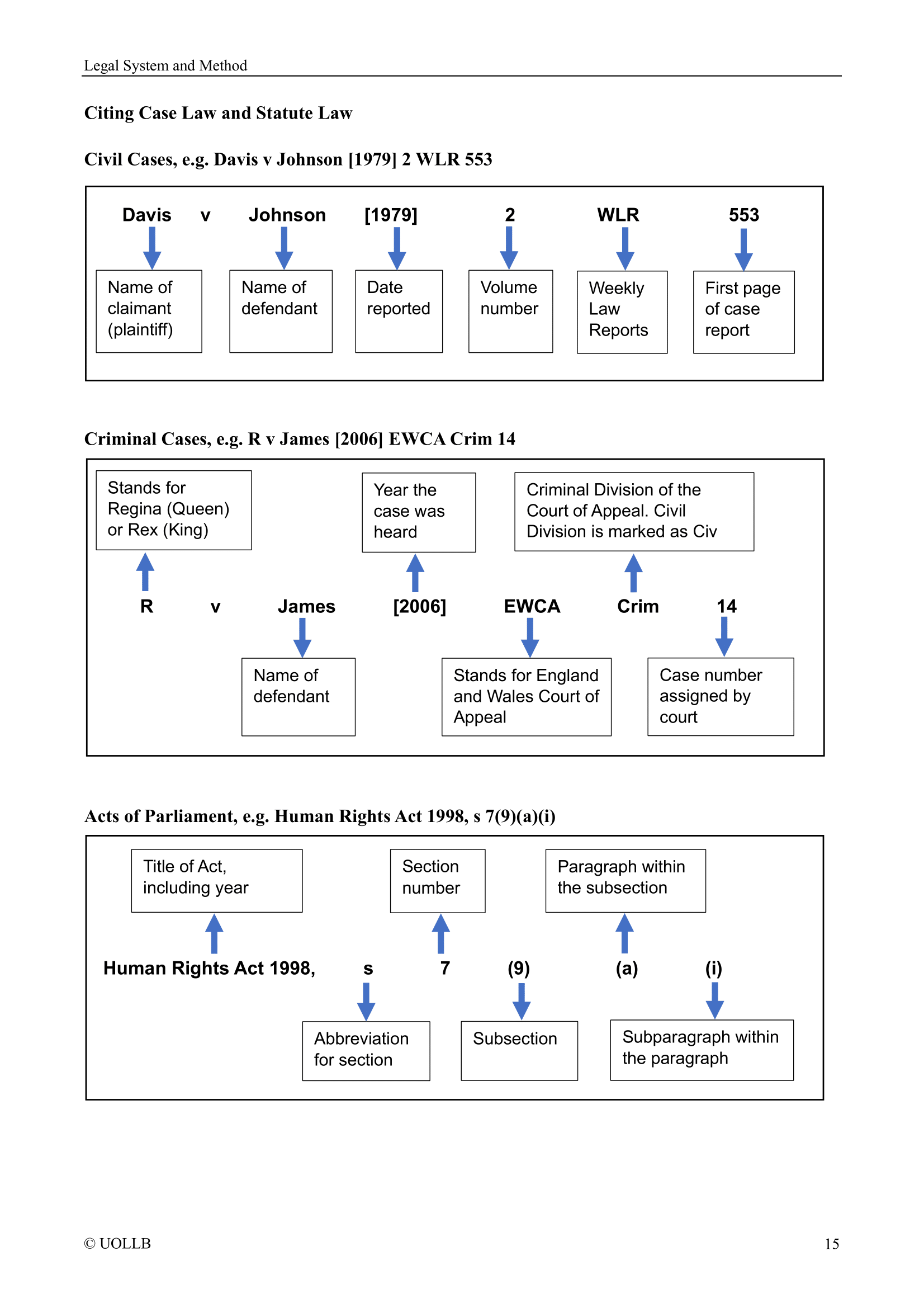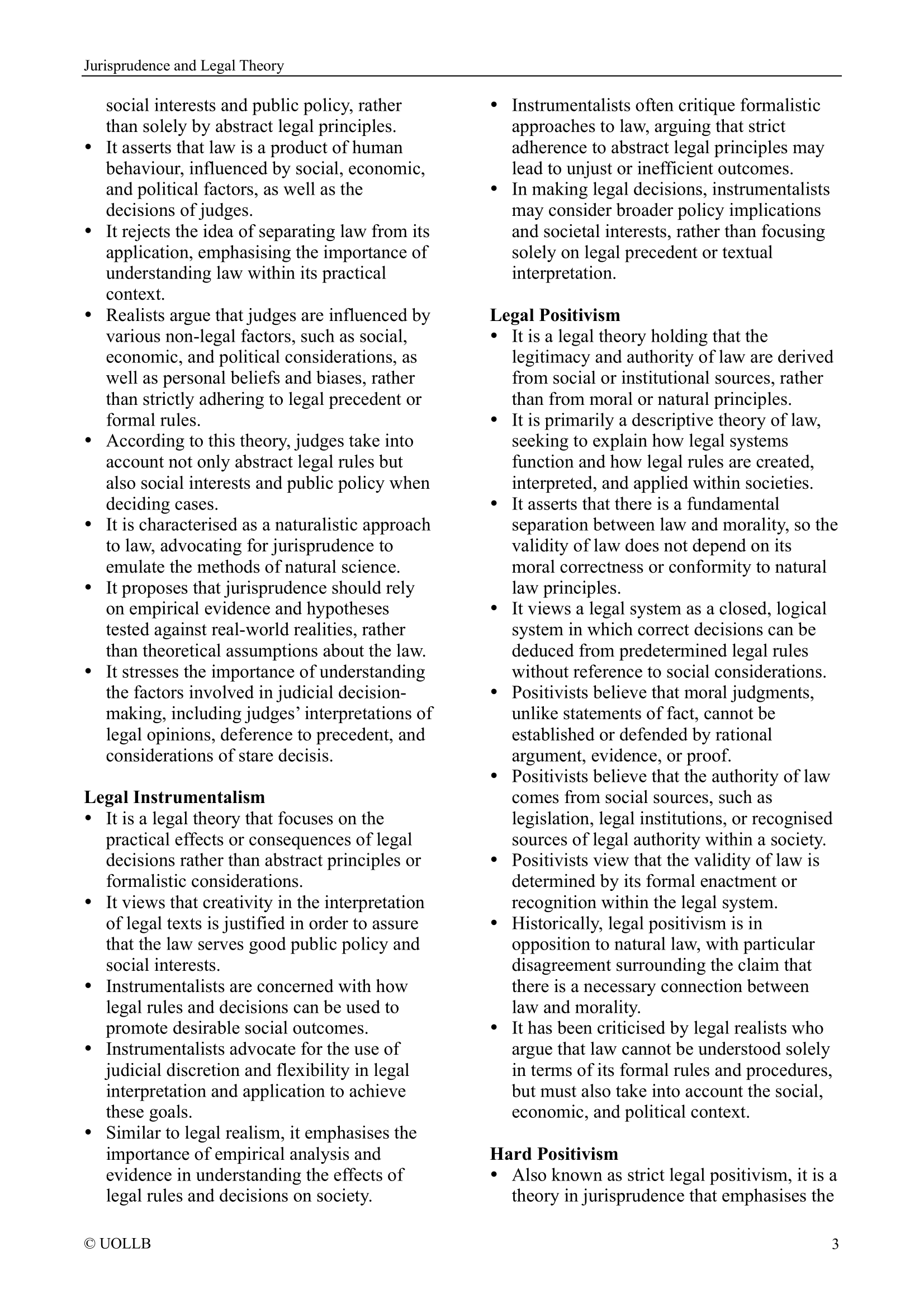Elements of Theft
Share
Section 1 of the Theft Act 1968 provides the legal definition of theft in English law. According to this section, a person commits theft if he dishonestly appropriates property belonging to another with the intention of permanently depriving the other of it. This definition can be divided into the following elements:
Dishonesty: The first requirement for theft is that the person must have acted dishonestly. This means that they must have known that taking the property was wrong, and that they did it with the intention of keeping it for themselves. This also means that the property must have been taken without the owner's consent. In other words, if the owner gave permission for the property to be taken, it cannot be considered theft.
Taking: The next requirement is that the person must have taken the property. This can include physical taking, but also includes situations where the person has control over the property (such as in cases of fraud or deception).
Property: The property that is taken must belong to someone else. It can include any type of property, including money, goods, and even animals.
Intention to permanently deprive: The person must have had the intention of permanently depriving the owner of the property. This means that they must have intended to keep it for themselves and not return it to the owner.
If all of these elements are present, the person can be charged with theft under s1 of the Theft Act 1968. The offence carries a maximum penalty of seven years' imprisonment.
